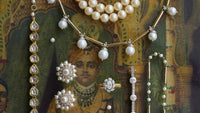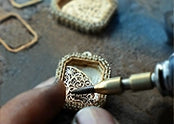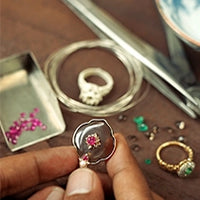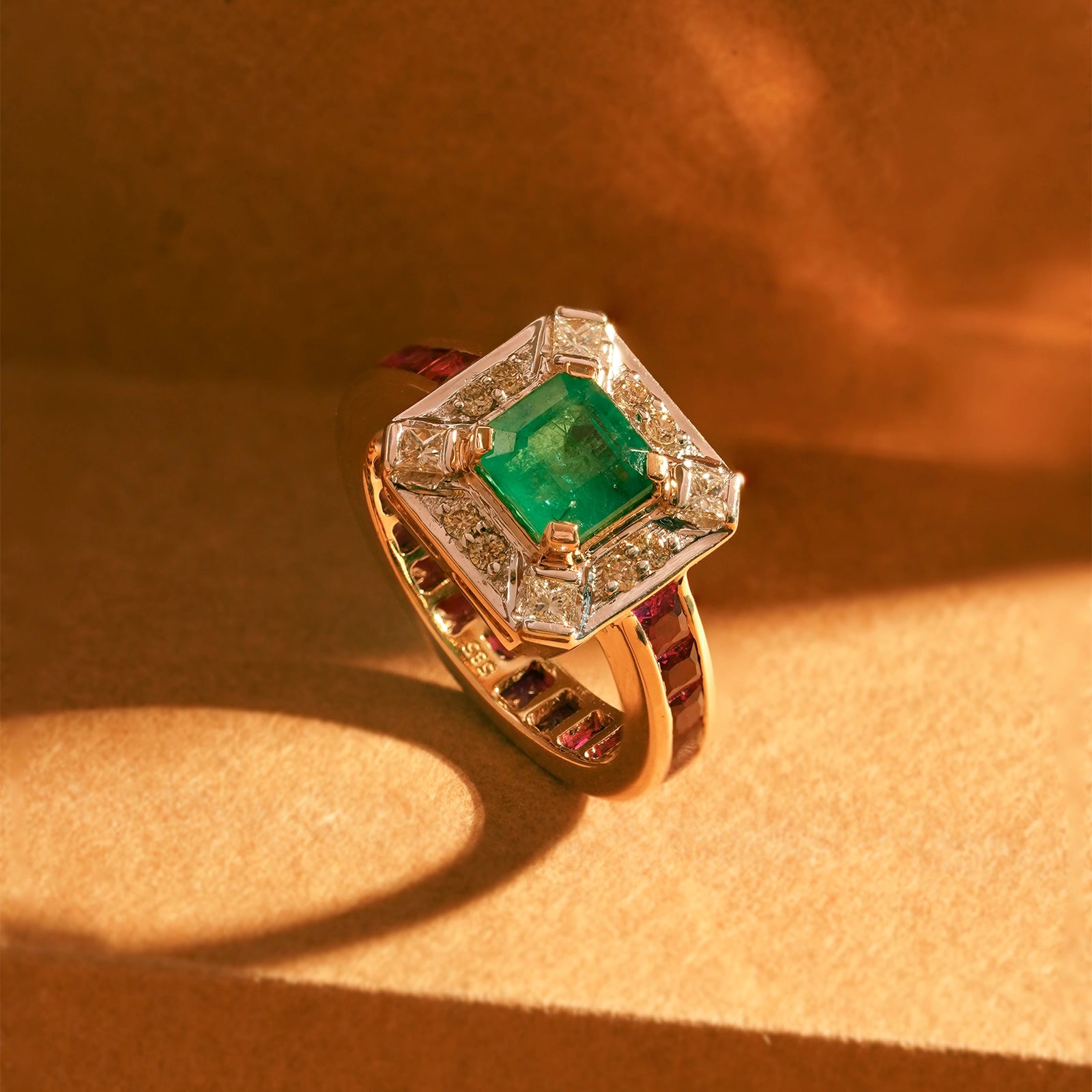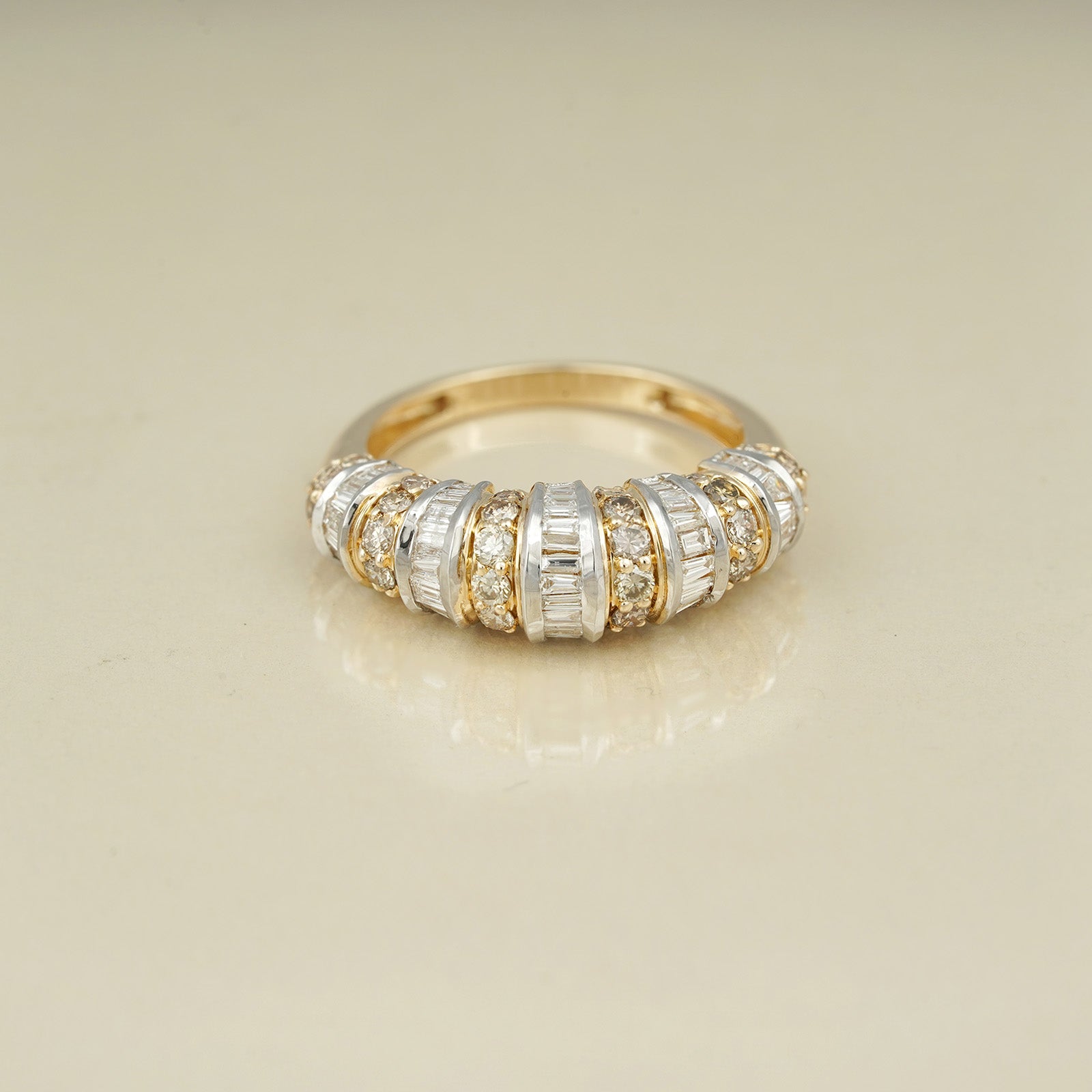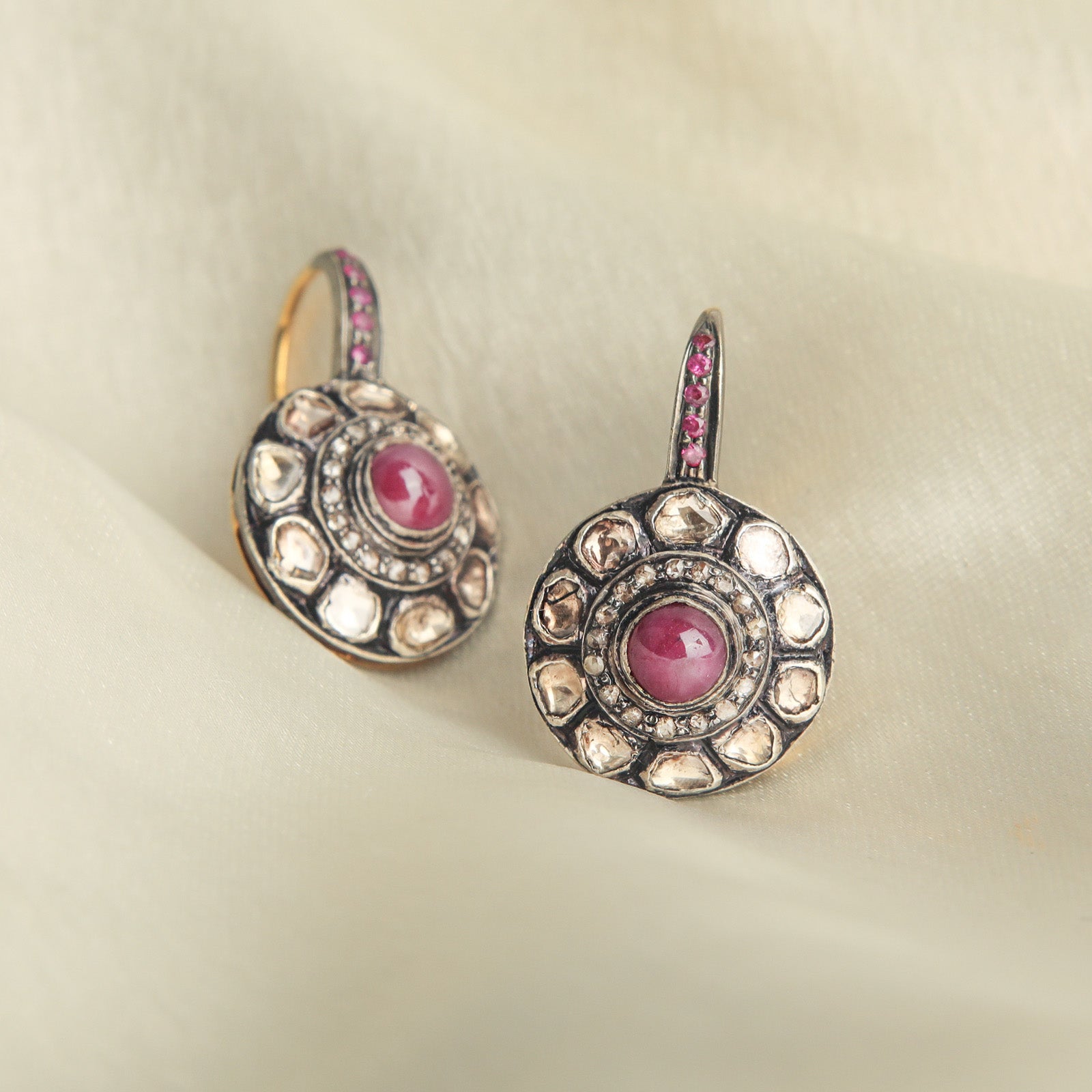Period dramas have always had a special place in our hearts, and our love for them had us checking out the latest drama on the block—Taj.
Taj: Divided by Blood follows the war for succession between the three sons of arguably the greatest Mughal Emperor, Akbar. While the world talks about its story, its star-studded cast, the first thing we looked at was, quite obviously, the jewelry. And there was one particular necklace that caught our eye—the “religio-mystic” Mughal pendant necklace known as the Haldili.

A still from E01S01
Haldili—the Serendipitous Amulet of the Heart
For the Mughals, gemstones and jewelry were not just ornaments but were also considered protection, health, and good luck charms for the wearer. And the Haldili pendant necklace was no different.
The exquisite pendant necklace made of jade, known as nephrite in India, has a special place in the Deccan and northern Indian cultural traditions. It is known by various names in the region and has roots that can be traced to the illustrious Mughal Empire. The name “Haldili” is the one that is most frequently used, and it emphasizes the mystical and religious aspects of the object. Due to its associations with the heart and the mystical properties ascribed to jade, this name has special meaning.

This jewelled pendant was made within the Mughal empire, probably in the late 18th or early 19th century. It is made of nephrite jade, with deeply cut recesses on the front set with gold and gems including one faceted diamond, and flat-topped cabochons including nine pale rubies and ten green stones, probably low-quality emeralds, one of which is missing. The cabochons have been set into reflective and coloured, closed-back gold settings, most of which have subsequently deteriorated and discoloured or faded. The reverse side is undecorated.
Source and Image courtesy: Victoria and Albert Museum
The Haldili, like other amulets, is believed to have powers to help control the palpitations of the heart, such as those caused by grief. An example is Shah Jahan’s white jade Haldili, which he started wearing after the death of his beloved wife, Mumtaz. It is now one of the most valuable collections of the Museum of Islamic Art in Doha, Qatar.

Hajar, R. (2010). A HALDILI. Heart Views: The Official Journal of the Gulf Heart Association, 11(1), 25.
The Mughal Haldili pendant necklace typically has a jade/nephrite slab, decorated with Kundan and precious stones inlay. Why jade? The Mughal fascination with jade can be attributed to its association with the Central Asian conqueror, Amir Timur, of whom the Mughals were the direct descendants; associating with it by using it extensively became a way for them for reclaiming their Central Asian legacy. The Mughal Emperor Jahangir was known to be a collector of Timurid jade.

“Portrait of Jahangir Holding Flower”, Folio from the Davis Album
Source: The Met Museum
But that probably wasn’t all; jade also seems to have caught their attention owing to its beauty, adaptability, and the beliefs associated with it, such as the one that it had the power to neutralize poison.
The Jeweled and Inscribed Surfaces of Haldili
The upper surface of the Haldili is typically decorated with a motif imbued with special iconographic meaning, the floral and plant motifs being the ones primarily used in Mughal arts. This pattern resembles a linear, conventionalized, bi-symmetrical tree of life, with its trunk occasionally emerging from the base of a vase. Two profiled birds often flank the tree, facing it with reverence. Sometimes, they might be swapped out for stars or other figurative objects.

Image courtesy: Bonhams
The back surface of a Haldili could be plain, indicating that it was intended for use by a Hindu. Muslim Haldilis may have inscriptions, which typically contain a religious saying, frequently taken from the Qur'an. The inscriptions on Shah Jahan’s Haldili had verses from the Qur’an intended to ward off evil.

Image courtesy: Kindred Subjects

Taking inspiration from the original, ornate Haldili, this is our take on the pendant necklace with a touch of minimalism. The Adventurine plaque serves as a base on which is a detailed gold pattern encasing emeralds and colored stones. The neckpiece is finished with a pearl tassel and a delicate chain with pearls and gemstones interspersed.

